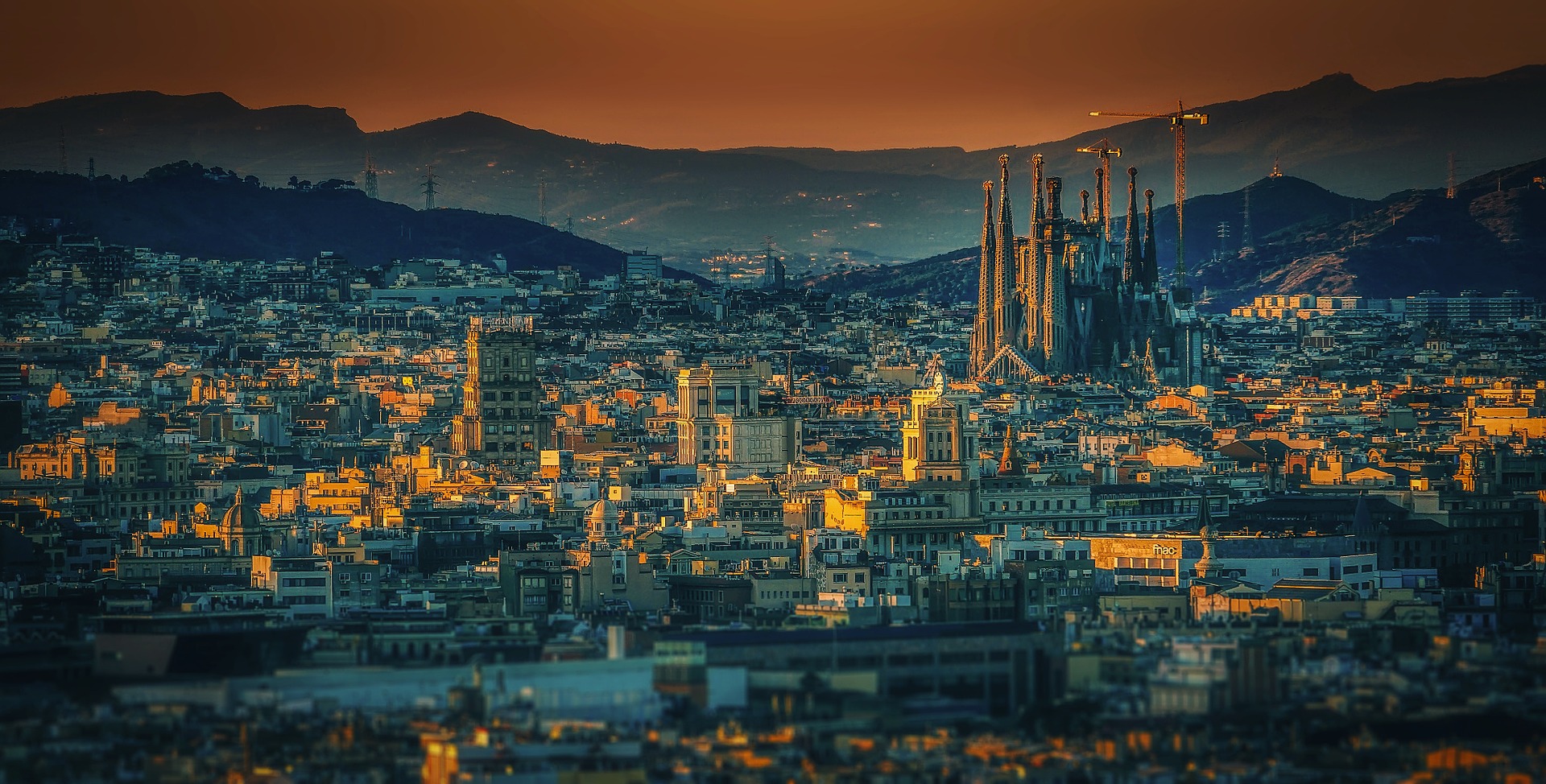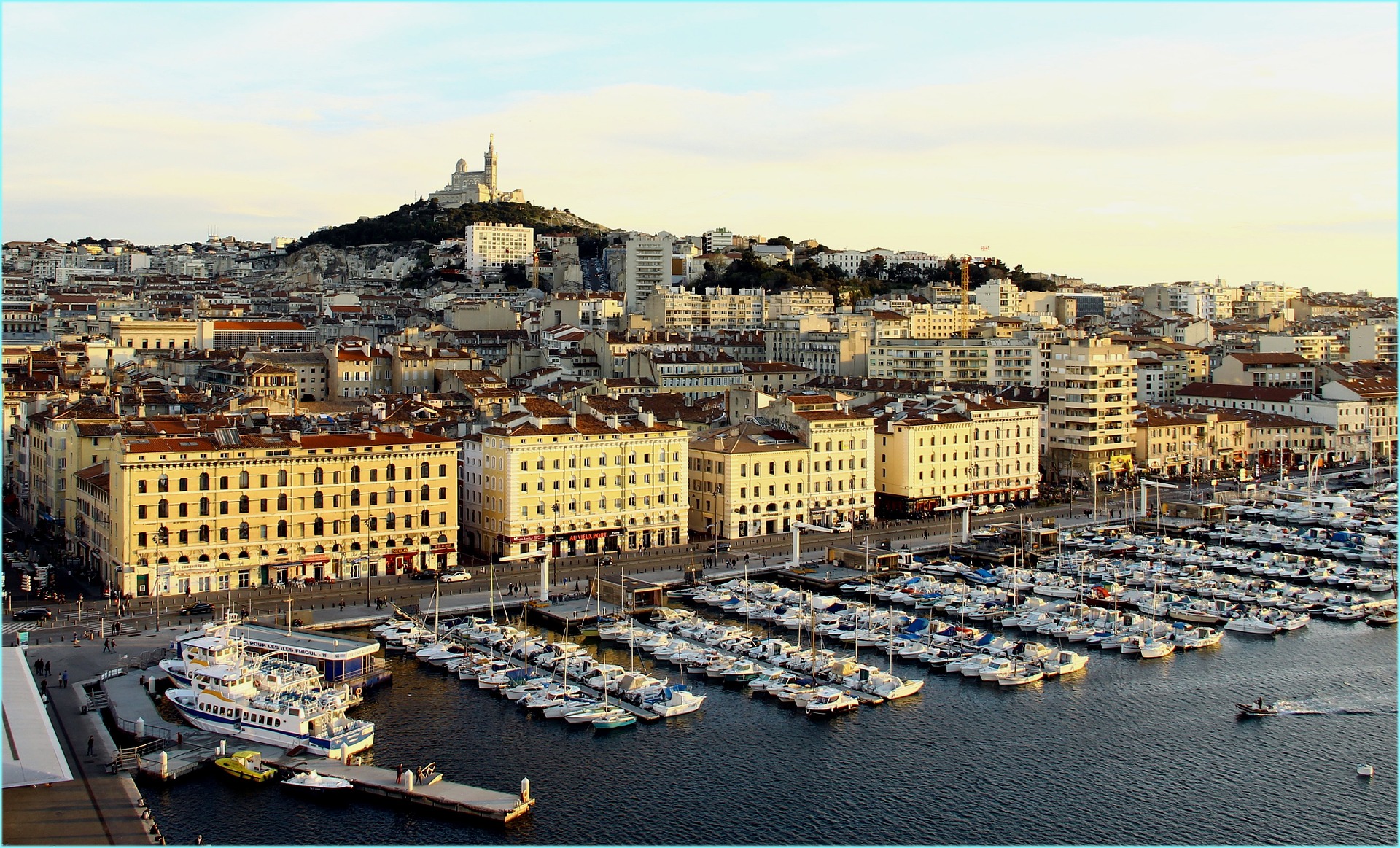The largest city in a country always seems to garner the most attention - and the vast majority of visitors. However, it takes a traveler with a slightly different agenda to pass these cities by and head for the "second cities". Maybe you've already fought the crowds to see the Mona Lisa at the Louvre in Paris, stood in line to gain entrance to the Colosseum in Rome, or spent a day wandering around the food stalls at Harrod's in London.
Whatever your reason for planning a visit, the world’s second cities can offer fantastic value in their own right. They can make for a much more authentic and perhaps even more culturally meaningful experience...something we really try and encourage with our clients! Here are six cities that prove being the second largest does not necessarily mean they’re second in importance...
1. Cork, Ireland
At just over 125,000 inhabitants, Cork is a distant second in population to Dublin, but with a nickname like “The Rebel City” you KNOW it's worth a visit. The city has quite a variety traditions, including special ways to prepare what some Westerners might view as leftover waste from the butchering process, such boiled pigs feet (crubeens), and intestines paired with blood sausage (tripe and drisheen). Cork is also easy driving distance from some of the Emerald Isle's most scenic and visited attractions, including Cobh, the last port of call for the Titanic before it's untimely demise. Blarney Castle, the Ring of Kerry, the scenic port town of Kinsale and of course, the Jameson Distillery in Midleton are all easily accessible from Cork.
2. Porto, Portugal
Lisbon grabs all of the headlines, but this port town is a historic and varied city of about 200,000 - just under half the size. From the maze of narrow streets that make up the ancient Ribeira district, a UNESCO World Heritage Site, to the grand plazas of the Avenida dos Aliados, Porto is a city on the rise. The region is famed for the production of Port wine, which is still stored and matured in the vast cellars that stretch along the banks of the Douro River. With many river cruise vessels now cruising the Douro, including this Viking River Cruise itinerary, it is easier than ever to visit.
3. Milan, Italy
Many consider Milan to be the shopping and fashion capital of the world - and with the way "normal" folks dress in the city, who could argue? Oftentimes it seems like everyone is headed to a wedding that you weren't invited too! But the city of just under 1.5 million offers much more than (expensive) retail therapy. The famous Duomo di Milano and prestigious La Scala Opera House sit just blocks apart in the city center - and Milan is a great starting point for your exploration of the famous Italian Lakes region. Say hello to George Clooney for us if you see him lounging around his home on Lake Como!
4. Barcelona, Spain
Despite its 1.6 million inhabitants, Barcelona is still just the second largest city in Spain, behind capital city Madrid's 3.2 million. However, it attracts almost 9 million international visitors annually - making it the 12th most visited city in the world. Don't miss the opportunity to visit La Sagrada Familia - under construction since 1882 (!) - or stroll the tree-lined Las Ramblas. With a temperate Mediterranean climate, the best months to visit are May, June, and July when temperatures are similar to those in the northeastern United States.
5. Bergen, Norway
On the western coast of Norway, 278,000 people call the city of Bergen home - second only to Oslo's 600,000. It is one of Norway and Europe’s key ports for tourism and is the perfect home base for exploring the Instagram-worthy fjords of the region on a cruise. Recently, Bergen has become a UNESCO World Heritage City, and is well known as the “street art capital of Norway”. Bergen's bustling Market Square includes the 700-year old Fish Market where the local fishermen land their catches each morning, and is a fascinating spectacle for early risers.
6. Marseille, France
Marseille is the largest French city on the Mediterranean coast and historically has been France’s most significant cruise and shipping port. At a current population of 853,000, Marseille is dwarfed by the 2.3 million people of Paris, but it has a history that stretches back centuries, with cave paintings in the region dating back to 27,000-19,000 BC. Today Marseille is a major tourism hub for France and offers up over 300 sunny days per year. Make sure to visit the Basilique Notre-Dame de la Garde, and revel in its breathtaking hilltop views which extend from the red roof tops of Marseilles' buildings and the old harbor, all the way to the Frioul Islands in the Mediterranean Sea.
Travel is one of the most important and enriching ways to invest in yourself and your loved ones. Don't let Mother Nature disrupt that investment! Get in touch with our team of experts at Susan Peavey Travel for your next hurricane-free vacation!








